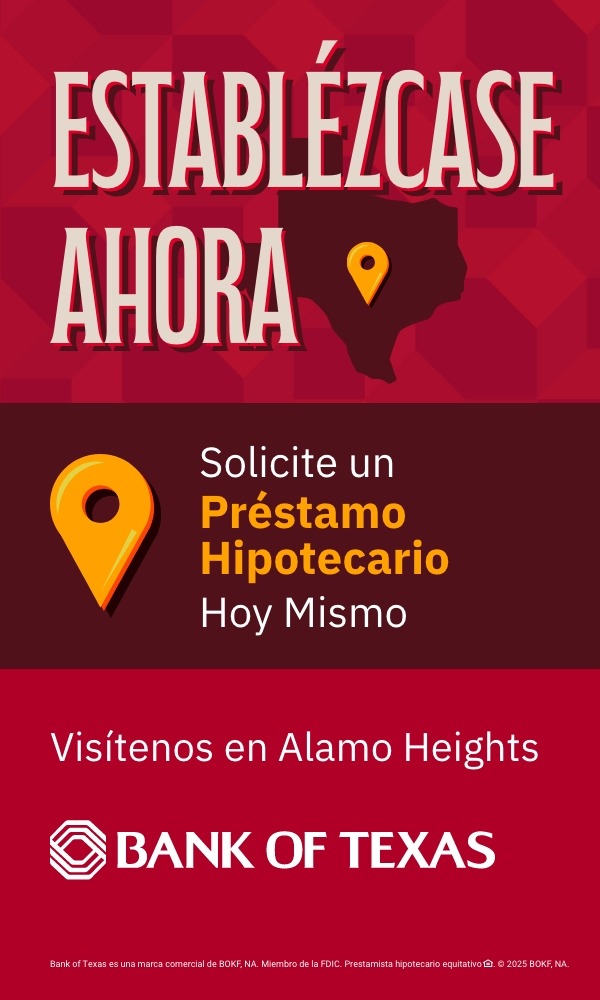By Frank Garza
Originally published for stmarytx.edu
While working at the Mexican American Legal Defense and Education Fund (MALDEF), second-year J.D. student Brianna Chapa, a St. Mary’s University School of Law Presidential Scholar, recalled a conversation with one of the organization’s law clerks, which stays with her today.
The clerk mentioned how thankful she was for her position at MALDEF, because she had never been in the legal space with other Latina attorneys, which was unlike Chapa’s experience. According to the American Bar Association Standard 509 Information Report, 50% of the students at St. Mary’s Law in the 2019-2020 academic year were Hispanic and 54% of the Hispanic law students were women.
“In her whole time at law school in the Midwest, she had never met a Latina attorney,” Chapa said. “And it got me thinking that although St. Mary’s is very inclusive, and does a lot of work to promote diversity and inclusion, there is a lack of Latina leadership in the legal field as a whole.”
Latina lawyers only make up about 2% of lawyers in the U.S., according to a 2009 report by the Hispanic National Bar Association.
The clerk’s experience inspired Chapa to think of a way she could create a sense of community within the Latina legal community.
That thinking led to the Lawtina in Training 1L Bootcamp on Sunday, Aug. 8. The programming includes training sessions, networking activities, community conversations and resources for aspiring Latina lawyers. Topics include “law school essentials,” “battling imposter syndrome” and “mental health,” among others.
The sessions, open to all incoming Latina law students across the country, will be led by second-year and third-year J.D. students from St. Mary’s and other schools, as well as practicing attorneys, that Chapa connected with through social media.
“I think that if we were more connected and had a greater sense of community, then we could talk about how to navigate being a Latina lawyer, and the expectations placed on us as women in Latino families.It can be hard to speak to professors who don’t look like you and who might not understand that you’re the first lawyer in your family,” Chapa said.
Initially, Chapa was not sure how students would respond. She thought it would be great if even 25 students signed up.
Since announcing the program, more than 150 students from law schools nationwide have signed up.
“I wish I would have had this resource coming into law school, especially as a Latina, because I don’t feel like there are a lot of resources out there for us, at least when I started law school,” said guest speaker Vanessa Rascon, a third-year J.D. student at Seattle University School of Law.
Because Latina lawyers are so underrepresented in the legal profession, Rascon feels that learning from them is much more significant.
“When I hear advice from a Latina lawyer, I really do take it to heart because I am able to relate to her so much as a woman in a male-dominated profession,” Rascon said.
Latina students will be tuning in to the programming from various Texas law schools — including St. Mary’s Law, Texas A&M University School of Law and the University of Texas School of Law — to others such as Harvard Law School, UCLA Law and Berkeley Law.
“I’m so excited that I have this opportunity to share knowledge with these girls,” Chapa said. “We really need this. And with the feedback I’ve gotten so far, and the positive response, I hope to continue this Lawtina in Training programming in the future.”










